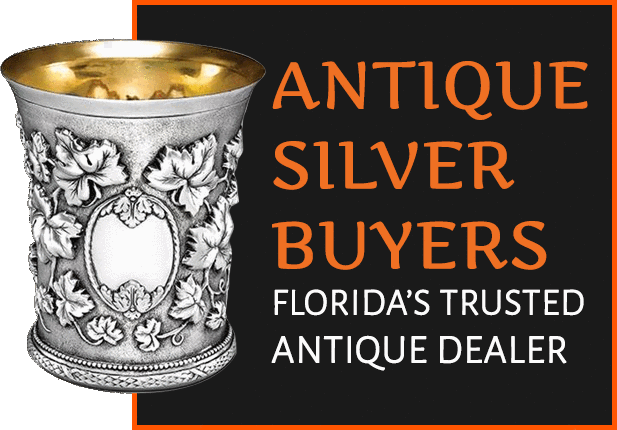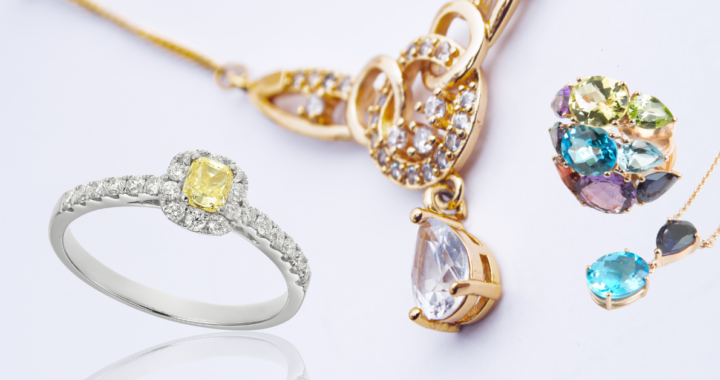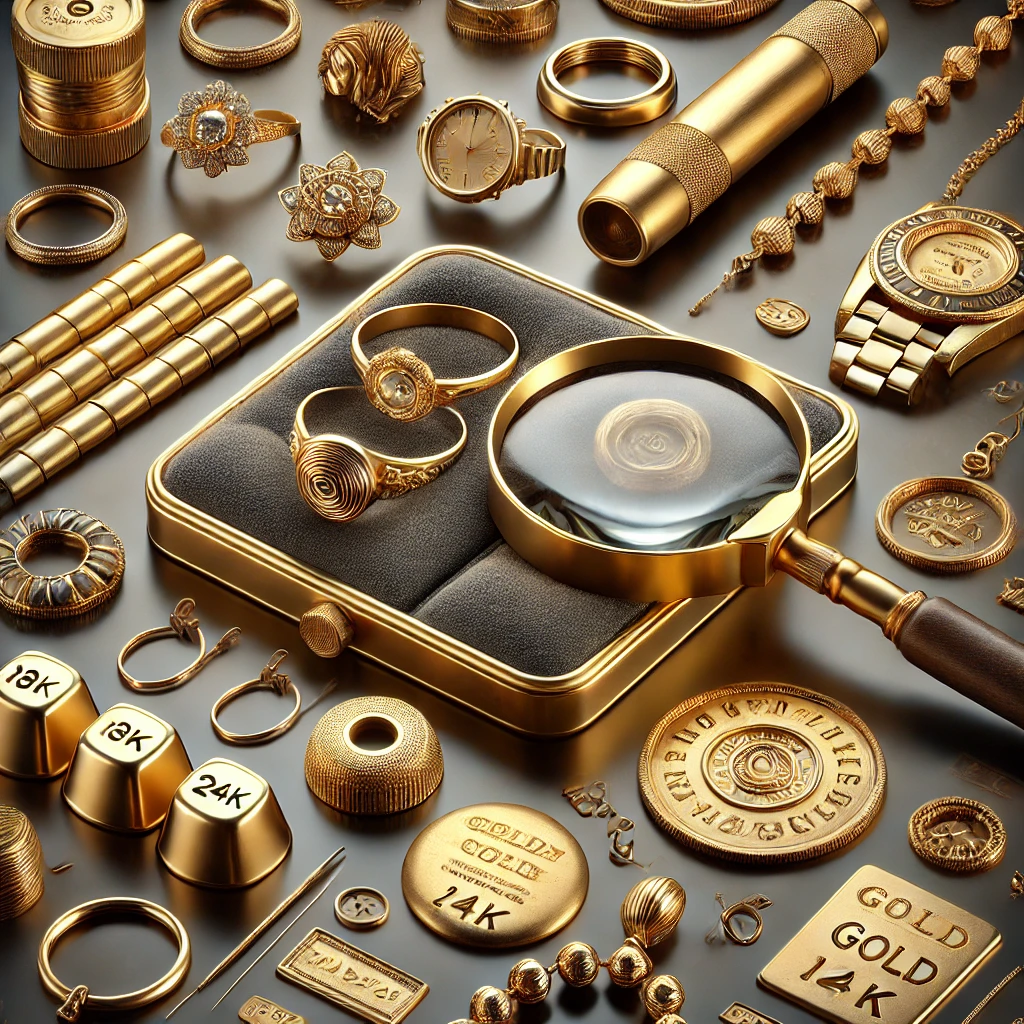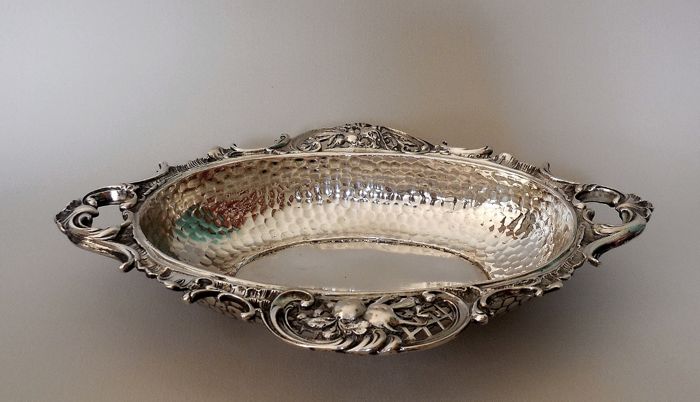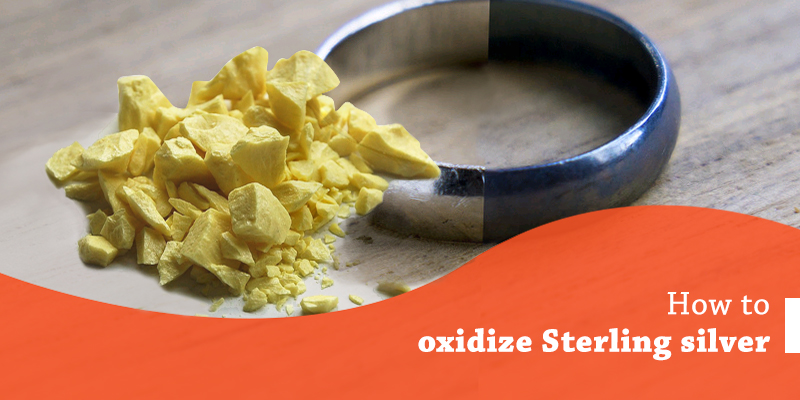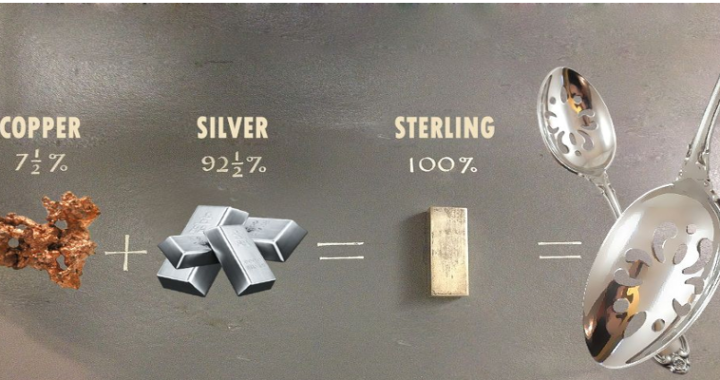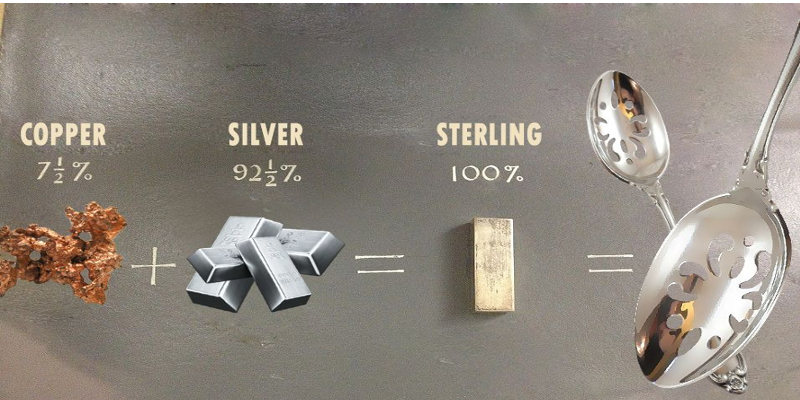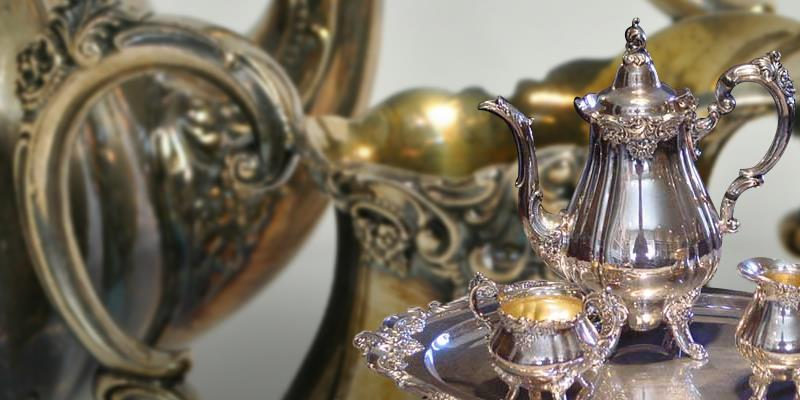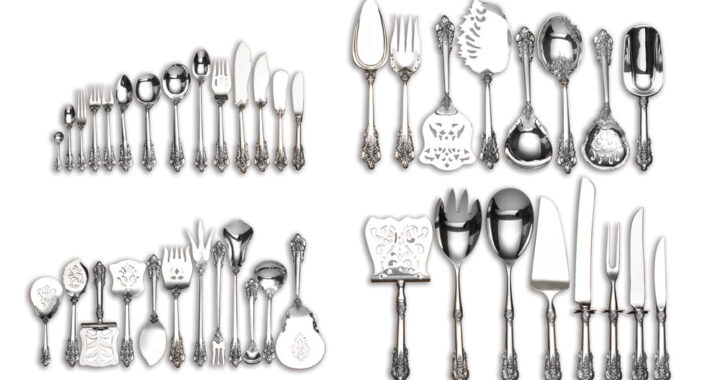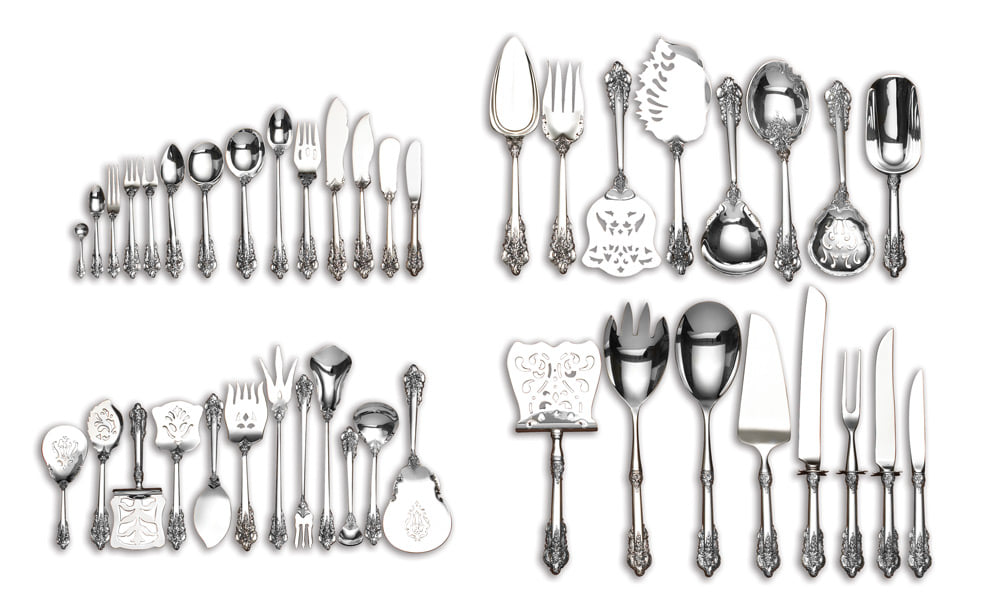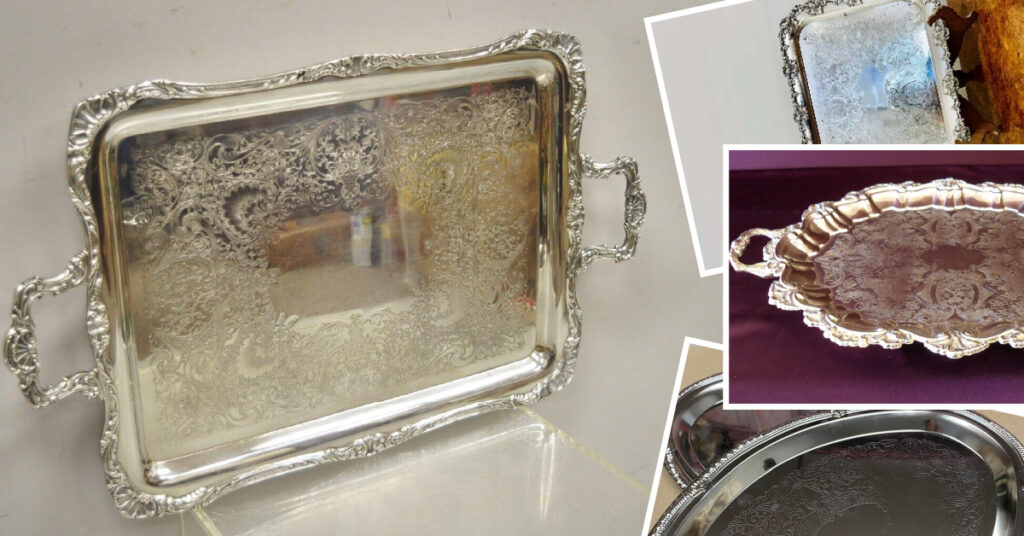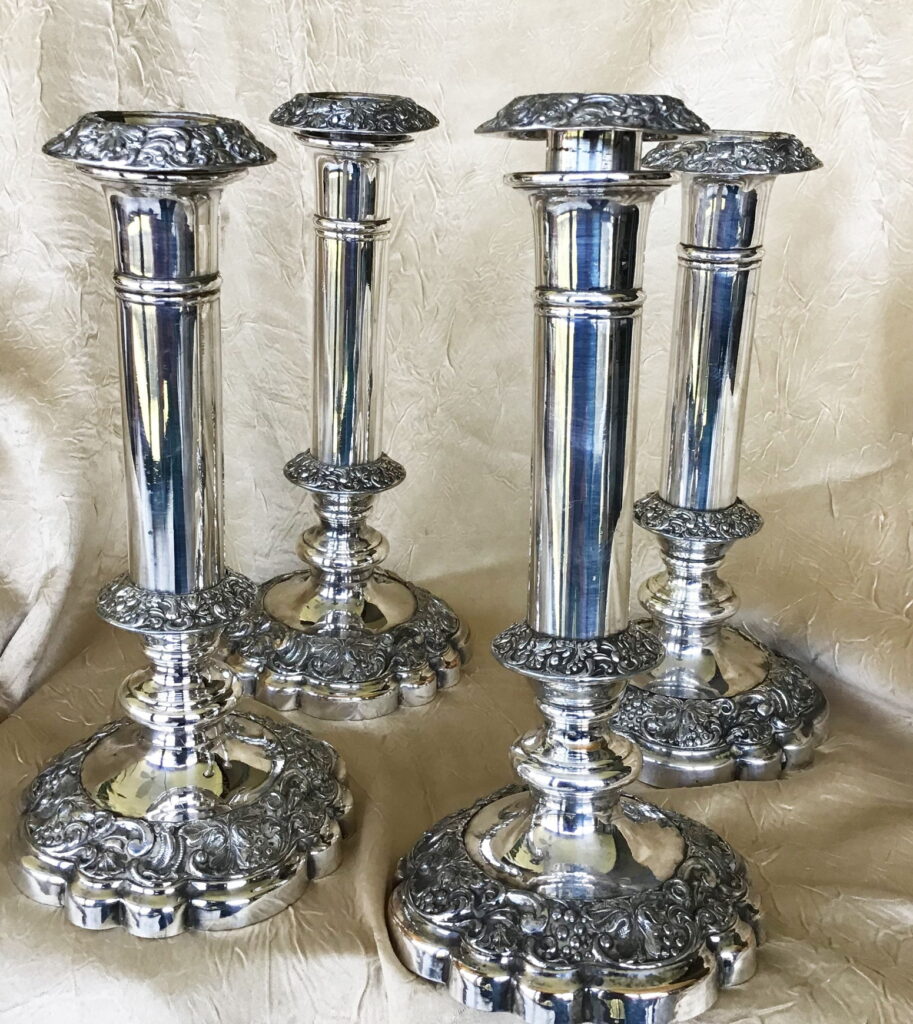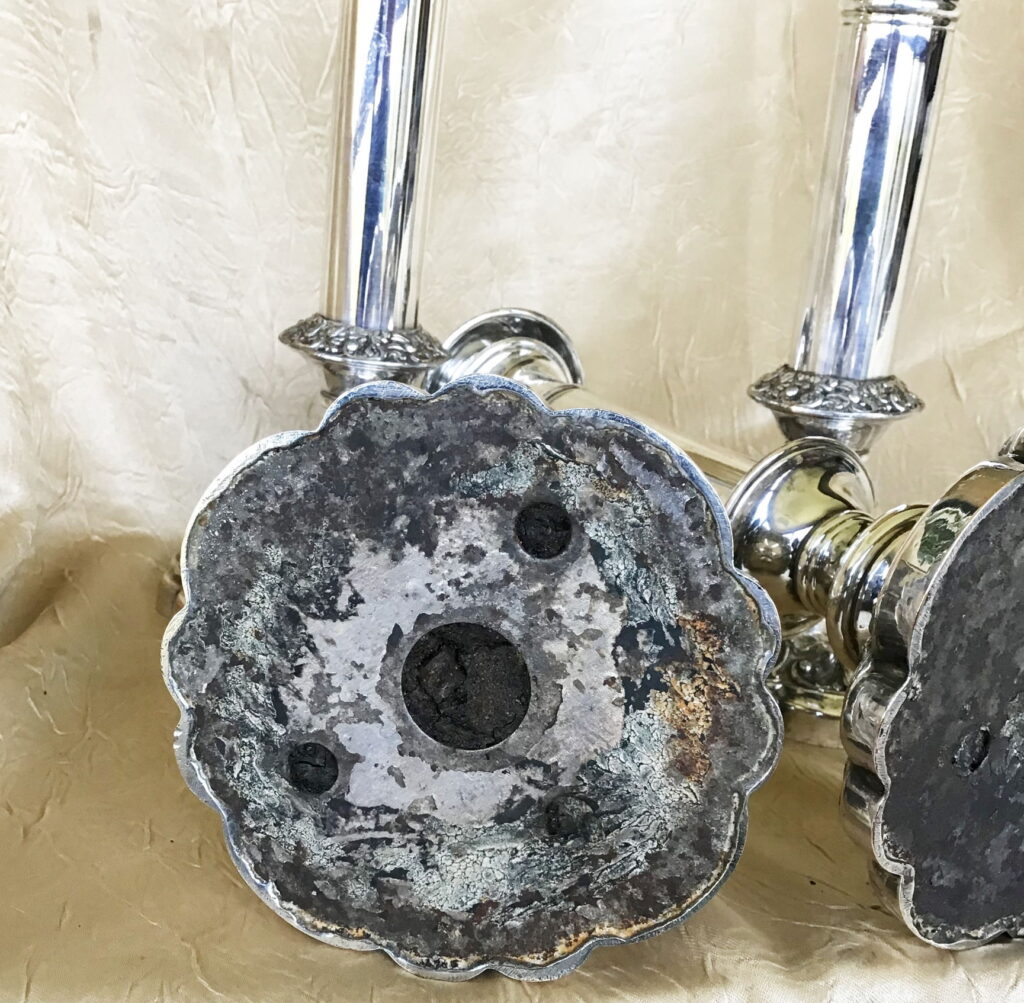Ever found yourself squinting at tiny numbers etched into your gold jewelry, feeling like you’re trying to crack some ancient code? Well, you’re not alone. Those mysterious markings aren’t just there to make you feel like you need stronger reading glasses. They’re actually telling you a wealth of information about your precious bling. So, let’s dive into the world of gold jewelry markings and unravel the secrets behind those enigmatic numbers, especially the commonly seen “750” and “417”.
The Golden Rule of Numbers
Before we get into the nitty-gritty, here’s a golden rule to remember: The higher the number, the purer the gold. Simple, right? Now, let’s break it down further.
750: The Mark of Luxury
If you’ve spotted “750” on your gold piece, congratulations! You’re the proud owner of 18-karat gold. But what does that actually mean?
- 75% pure gold: The “750” stamp indicates that your jewelry contains 75% pure gold, with the remaining 25% being a mix of other metals.
- Durability meets beauty: This alloy strikes a perfect balance between durability and that coveted rich, yellow gold color.
- International recognition: Many countries, including Italy (home of some seriously stylish jewelry), use “750” as the standard mark for 18-karat gold.
You’ll find the “750” stamp gracing everything from elegant rings to statement necklaces, and even some white gold pieces. It’s like the VIP pass of the gold jewelry world.
417: The Practical Choice
Now, let’s talk about “417”. If “750” is the luxury sports car of gold jewelry, “417” is the reliable family sedan. Here’s why:
- 41.7% pure gold: The “417” stamp tells you that the piece contains 41.7% pure gold, making it 10-karat gold.
- Durability first: With more alloy metals in the mix, 417 gold is tougher and more resistant to wear and tear.
- Budget-friendly beauty: It offers a subtler gold color at a more accessible price point.
“417” is often the go-to choice for everyday jewelry pieces like chains, simple rings, and sturdy bracelets. It’s popular in markets where people want their gold to work as hard as they do.
Beyond 750 and 417: Other Golden Numbers
Gold jewelry markings are like a secret language, and now that you’re fluent in “750” and “417”, let’s expand your vocabulary:
- “585”: This is the mark of 14-karat gold, containing 58.5% pure gold. It’s the Goldilocks of gold jewelry – not too soft, not too hard, just right for many jewelry lovers.
- “999”: The holy grail of gold purity, this stamp indicates 24-karat gold. It’s so pure, it’s actually too soft for most jewelry and is more commonly found in gold bars or special commemorative pieces.
- “585/750”: Sometimes you’ll see this dynamic duo, indicating a piece that combines both 14k and 18k gold. It’s like getting the best of both worlds in one jewel.
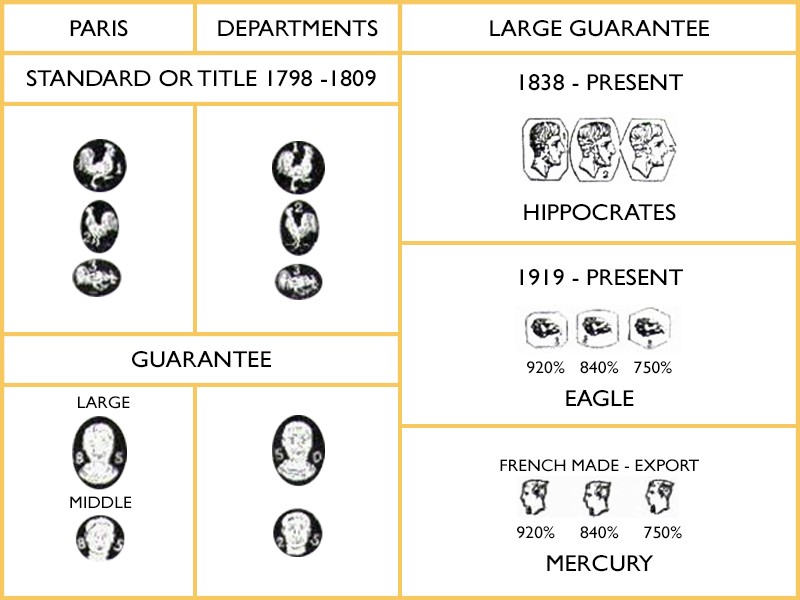
European hallmark symbols for gold purity – source
The Geography of Gold
Sometimes, your gold jewelry might seem like it has a passport. You might spot country codes like “AU” or “AR” alongside the purity number. For example, “AU 750” is telling you that this 18-karat gold piece has an Australian pedigree.
Clearing Up the Gold Confusion
Is 750 Gold Real Gold?
Absolutely! In fact, 750 gold is considered high-quality gold, with a substantial 75% pure gold content. It’s as real as it gets while still being durable enough for everyday wear.
Why Do Some Gold Jewelry Pieces Have Numbers Like 750 and 417?
Think of these numbers as your jewelry’s ID card. They’re there to tell you (and jewelers) exactly what you’re dealing with in terms of gold purity. It’s like a quick reference guide stamped right onto your jewelry.
What is 750 Yellow Gold?
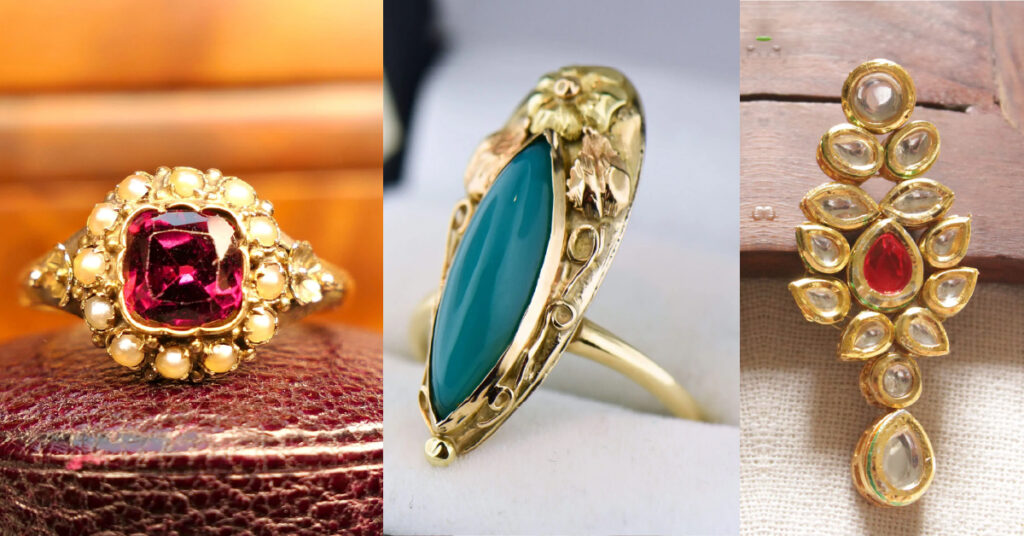
750 yellow gold is just another way of saying 18-karat yellow gold. The “yellow” part comes from the specific mix of alloy metals used to create that classic, warm gold tone we all know and love.
Can I Trust Markings Like “750 Italy”?
When you see “750 Italy” on a piece of jewelry, you can generally breathe easy. This marking is telling you two things:
- The piece is 18-karat gold (that’s the “750” part)
- It was made or certified in Italy, a country with a stellar reputation for gold craftsmanship
It’s like getting a gold star (pun intended) for both quality and origin.
The Bottom Line: Knowledge is Golden
Understanding gold jewelry markings is like having a superpower in the world of precious metals. Whether you’re a seasoned collector or just starting to build your jewelry box, knowing what those tiny numbers mean can help you make informed decisions and appreciate the true value of your pieces.
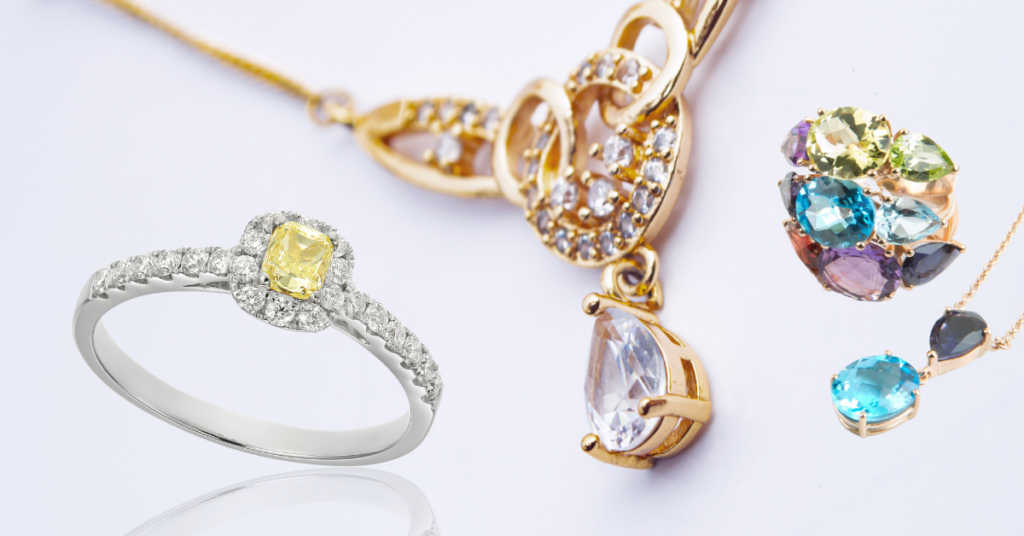
So, the next time you’re eyeing a beautiful gold necklace or considering a new pair of earrings, take a moment to look for those little numbers. They’re not just random digits – they’re telling you a story about the quality, purity, and origin of your potential new treasure.
Remember, in the world of gold jewelry, knowledge truly is golden. And now that you can crack the code of “750”, “417”, and beyond, you’re well on your way to becoming a gold jewelry connoisseur. Happy shopping, and may all your future gold purchases be informed ones!
